This is part 2 of a post on Character IP. If you haven’t read the first one it’s here. For those listening, sources are linked throughout the blog so check out the written piece to do some more reading if something catches your curiosity.
Ok! Let’s dive deeper into the history of characters and character as brand and IP then how and why that is relevant for companies today. I’ll be focusing mostly on Asia and North America. Starting with Post-World War II Japan, where economic recovery and cultural shifts birthed iconic characters like Astro Boy that influenced characters globally. I’ll look at otaku culture embedding character culture deeply into the mainstream. I’ll explore how these developments turned characters and brands into powerful storytelling and cultural tools. Then I’ll look at how the Korean Wave (Hallyu) shot webtoons to international fame, giving us characters like Kakao Friends and Line Friends. And lastly look to America, the Golden Age of Animation, the rise of TV and how comic book heroes paved the way for Disney, Pixar and Marvel’s global dominance in character culture and at the importance of character in and AI world. A lot to get through kids! Alors, on y va!
Post World War II Japan: The Birth of Modern Character Culture
Post-World War II Japan was a nation in the throes of reconstruction economically and culturally. After two atomic bombs nicknamed, Little Boy and Fat Man, hit Hiroshima and Nagasaki killing more than 210 thousand people, Japan surrendered unconditionally ending the 15 year Pacific War and ushering in the American occupation under Douglas Mac Arthur. This brought significant political and economic reforms and catalyzed substantial cultural infusion and confusion.
Despite Japan remaining closed off to the world during the Edo period, Japanese culture has many examples of foreign cultural influence, from its kanji character system to its ramen noodles and kimono. Post WWII Japan, influenced by exposure to American culture, saw a huge transformation in art and aesthetics. It came at a time when the nation was seeking to redefine its identity. This cultural Renaissance saw the rise of a burgeoning youth culture, characterized by an infantile, kawaii (cute) culture eager to break from traditional norms. This kawaii culture might have emerged to counter the wartime reputation or as a cultural balm for the collective trauma from the terrible atrocities suffered by the Japanese during the war. Kawaii symbolized a shift from dystopia to utopia.
The American occupation exposed the Japanese to Western artistic styles and ideas and saw the birth of manga and anime. Artists and creators felt inspired to experiment and innovate, resulting in the creation of iconic characters and stories that would resonate both domestically and internationally. This influence was first seen in Astro Boy the character created by Osamu Tezuka.
Emergence of Iconic Characters
Osamu Tezuka, often referred to as the ‘God of Manga’ created the first character of modern anime, Astro Boy in 1952 which became a TV series in 1963. As we talked about in the last blog, successful Character IP has 3 elements: character, story and world. Astro Boy displays all of these elements. Its influence on global character design is profound. First, its character design popularized the "large eyes" style, which Tezuka adopted from Western animation, particularly Disney, to convey a wide range of emotions more effectively. This quickly became the dominant characteristic of anime and manga characters.
Second, Astro Boy's story is not just about action and adventure, it is a deeply philosophical and humanistic story that addresses timeless issues. The Astro Boy story itself was influenced heavily by Fritz Lang’s silent sci-fi film, Metropolis. Dr. Tenma, a scientist, driven by grief after losing his son in a tragic car accident decides to build an AI robot replica of his son hoping to fill the void. The story touches on themes of loss, humanity, ethics, and the relationship between humans and technology which have become central to many character, sci-fi anf fantasy stories e.g Blade Runner, Doraemon, West World, Megaman. While characters can often be trivialized if you just look past the superficial surface layer, Astro Boy’s world is a reflection and critique of the proliferation of simulacra in modern society exploring themes of identity, humanity, and the relationship between humans and machines, echoing concerns about the blurred lines between reality and artificiality in a media-saturated world. By creating a character that is both human and robot, Tezuka invites us to question the nature of existence and the impact of technological advancements on society’s perception of reality.
The complexity of the story influenced subsequent creators to explore complex moral questions through their characters. Astro Boy is one of the earliest examples of using story to create characters to captivate adults across different cultures and age groups, giving characters a global appeal. Characters often embody traits, struggles, and triumphs that resonate with older audiences globally. People see aspects of themselves in these characters, fostering a sense of connection and empathy. Astro Boy was more than just a cute character he was a symbol of post-war freedom, optimism and technological progress. The Japanese name for Astro Boy is ‘Tetsuwan Atomu’ which means "Mighty Atom," so Astro Boy was also the first E/Acc character, for all the techno-optimists out there!
Astro Boy's success demonstrated the power of character. Tezuka's innovative use of cinematic techniques in manga, such as dynamic panel layouts and expressive character designs, set a new benchmark for the industry and inspired countless other creators. It is among the first examples of a successful character IP that had crossover appeal to both adults and children with estimated total revenues of $920 million.
Creation of Brand Identity Through Characters
The success of characters like Astro Boy paved the way for companies like Sanrio, which introduced Hello Kitty in 1974. Hello Kitty wasn’t just a cute character; she was a strategic character, designed to appeal across various demographics and cultural boundaries. Fun fact about Kitty, while folks in the west think of Kitty as synonymous with Japan, her last name is White, so she’s actually a wasp. Who knew?! Her long-time designer Yuko Yamaguchi said that during the early years it was rare for folks to travel and so they yearned for exposure to other cultures and products with English associations. But to Western audiences Kitty was a symbol of Japan and Kawaii culture. Where Sanrio’s genius lay was in its ability to merchandise Hello Kitty across a vast array of products and merch from the Hello Kitty Robot to phones, video games, school supplies, digital cameras, smart watches, stationary to fashion accessories. This strategy of building a brand identity through character IP has since become the standard approach in the industry and a lucrative one with total revenue estimated to be over $80 billion.
Hello Kitty's simplistic yet versatile design allowed her to transcend cultural and age barriers, becoming a beloved figure worldwide. Sanrio emphasized storytelling and emotional connection through their characters helping to establish a loyal fanbase. This approach drove sales but also fostered a sense of community and shared identity among fans.
Post-war Japan saw the birth of character culture as we know it today and created the playbook for creation of powerful brand identities through strategic merchandising, product development and licensing.
Otaku Culture: The Rise of Fan Communities
Otaku is a little tricky to define because there are disagreements on its definition from within the community itself, but i’ll do my best. Otaku began in the 1970’s/80’s as a subculture collective that adopted contrarian or even disturbing hobbies or interests way outside of the overton window. Otaku culture consumed manga before it was popularized and now the proliferation of Otaku culture has diluted its obscure interests and now is closely associated with video games, anime and maybe hentai if we’re being honest. Otaku reshaped the character landscape by fostering a culture where fans were not passive consumers but active participants in the creative process. Otaku is the OG example of Go To Community marketing. The passion of otaku communities has led to the creation of doujinshi, fan art, and cosplay, transforming characters into cultural icons that transcend their original instantiation. In essence, otaku culture redefined character culture by blurring the lines between creator and consumer, fiction and reality.
Economically, the ‘otaku’ market - video games, manga, anime- generates billions of dollars annually. Otaku culture has influenced tourism, with fans visiting Japan to experience locations and events associated with their favorite series. Myself and my husband are guilty of this. We visited Yakushima island in Japan which was the inspiration for Princess Mononoke, a Hayao Miyazaki Studio Ghibli film.
Otaku culture is now ubiquitous with popular culture as is evident in the popularity of anime and manga worldwide owed in part to streaming platforms diversity of content, ease of browsing and global licesning .In the US, animé is the fastest growing content genres. If the 2000’s-present was the era of hip-hop and rnb culture, the 2020’s is the era of Asian culture. Events like Anime Expo in Los Angeles showcase it’s broad appeal and economic power. As otaku culture continues to evolve, it remains a testament to the power of dedicated fan communities in shaping the media landscape.
Characters and Brands in Korea
The Korean wave, or Hallyu, refers to the government-supported spread of South Korean culture internationally since the 90’s after the end of military rule. The idea similar to the American governments art as a weapon tactic for soft power during the cold war, used soft cultural power to spread democratic capitalist ideas and memes during the fight against Russia and communism. Culture is California’s largest export. The Korean government similarly strategically invested into arts, media, entertainment and consumer goods recognizing the economic and soft power potential of Hallyu. Fiction influences reality.
Myths and Folklore
Like Ireland, Korea has a rich tradition of folklore, myths, and legends with characters like Dangun the founder and king of Gojoseon and other deities and spirits from Korean shamanistic traditions. These characters played a role in the dispersion cultural narratives. Characters create culture. The modern era of character development began with manhwa (comics) and was transformed with the invention of the TV and the introduction of animated characters. One of the earliest popular characters was Robot Taekwon V, a robot super hero released in 1976. This character and sci-fi story was inspired by Disney and Japanese anime but was adapted to reflect Korean martial arts and culture. Robot Taewkon V was a philosophical tool of political persuasion promoting nationalism and anti-communism messages. Characters shape culture. They can also shape nations. The government understood the power of character and story to inspire a nation and used it to promote national confidence and belief in the future which eventually resulted in the economic rise of Korea post-war.
Today in Korea, tech companies understand the power of Character to spread messages and gain the hearts of the people.
Media Revolutionizing Characters
The 1990s saw a notable growth in the character industry, driven by the rise of local animation studios and the influence of international media and technology.
Webtoons are a form of digital comic designed for vertical scrolling, popular in Korea. They emerged on Daum Webtoon in the early 2000’s, Line Webtoons soon followed allowing creators to self-publish their work and gain wide distribution. Webtoons were full-color unlike traditional black and white manga. They incorporated media elements like music, animations or interactive panels changing how stories were told and consumed. Side note Itaewon Class is a great webtoon turned hit k-drama on Netflix that is worth a watching if you haven’t already! Through webtoon platforms, creators had direct engagement with readers through comments, likes, and shares and readers built community around their favorite characters and stories.
The proven power of character IP to capture the minds of young people and the integration of webtoons into digital ecosystems, such as Line Webtoon, showcased the effectiveness of using characters to enhance user experience on digital platforms.
This inspired the Korean messaging app Line to create Line Friends. Line Friends were originally a sticker and emoticon set that was integrated into Line’s messaging app to enrich user interactions. Line Friends characters tripled user acquisition for Line App from 60 million to 200 million. Similar to Hello Kitty, creating physical merchandise and licensing the characters wasn’t on the original agenda for the company, but after the CEO Takeshi Idezawa saw Line Friends pirated products in stores in Taiwan he then realized there was a viable market for merch. The Line Friends stores began with a temporary pop-up in Seoul in 2013 and now there are over 100 around the world in cities like Tokyo, Shanghai and even here in New York. Line Friends have their own TV show and feature in collaborations with other brands: Uniqlo, McDonalds, TMall, Lamy, Beats by Dre, Samsung, Bang & Olufsen, Reebok, Anti Social Social Club, and VT Cosmetics to name a few.
Culturally, Line Friends is synonymous with cool Gen Z culture and is captivating hearts and minds of people around the globe. Their collaboration with Korean idol group BTS on a line of characters called BT21 solidified this and played a considerable part in the company’s expansion. The popularity of Line Friends characters demonstrates how character can massively impact user growth and revenue for tech companies like Line messaging app.
🇺🇸 American’s Golden Age of Animation

In the early 20th century, American animation entered its Golden Age, spearheaded by iconic studios such as Disney, Warner Bros., and Hanna-Barbera. Walt Disney's creation of the sound synchronized cartoon Mickey Mouse in 1928 marked a turning point in animation. Mickey became to most popular screen personalities in the world. After a number of failed character animation attempts, Disney realized that story was key to the success of the animation and so in 1932 he opened a ‘story department’ with storyboard artists, separate from the animators.
Disney’s Club 33 is a private membership offered to folks who pay $25k-$75k upfront depending on the membership level, and $10-$25k annually (apparently) for private tours of Disneyland and exclusive merch. Never underestimate the economic power of character!
As most game developers and studios know, animation is expensive and time-consuming. Hanna-Barbera’s innovation was to create simple characters and backgrounds that could be reused. You will see the same characters and elements in The Jetson and Flintstones. Like Robot Taekwon V, Hanna-Barbera used story in shows like The Jetsons or The Flintstones that were relatable for both children and adults. They set the standard with their franchise model for Scoooby Doo - one of the longest-running animated franchises.
Comic Book Heroes and the Marvel/DC Phenomenon
In 1938, Detective Comics (DC Comics) released Superman in Action Comics 1 marketing the beginning of the superhero genre and set the stage for the rise of comic book heroes. Comics became synonymous with American culture with characters like Superman, Batman, and Wonder Woman from DC Comics, and Spider-Man, Iron Man, and the X-Men from Marvel Comics, becoming household names and global franchises. These superheroes, with their intricate backstories and moral complexities, captured the imagination of readers and provided a form of escapism during World War 2.
As technology evolved so did the medium through which character franchises grew. Blockbuster films revolutionized global character IP. The success of films like Superman: The Movie in 1978 and Tim Burton's Batman in 1989 catalyzed the superhero movie boom of the 2000s. Then came Marvel Studios' creation of the Marvel Cinematic Universe with Iron Man in 2008 which introduced the interconnected storytelling in film. This lead to a series of successful movies that culminated in Avengers: Endgame in 2019 which is one of the highest-grossing films of all time.
So now we’ve a pretty clear understanding of the history and cultural context that these character IP rose to prominense in lets discuss why any of us in tech should care and what the next generation of character has in store.
Cool but why should we care?! East to West Movement of Culture
The flow of cool culture is changing. Historically, the movement was predominantly from America to Asia. As we saw with animation styles but also Hollywood movies, fast food chains, style and pop music shaped global tastes, creating a distinctly Western cultural imprint on the world. However, today things are different. The cultural current has reversed. Now, culture moves from East to West.
Platforms like TikTok have played a pivotal role in this shift, amplifying Asian trends and making them accessible to a global audience, as well as the aforementioned investment from Asian governments. Korean beauty standards and skincare routines have redefined global beauty norms, shifting from heavy makeup to an emphasis on natural radiance using innovative products…snail mucin, anyone? These trends are inspiring a whole new era of self-care girlies. K-pop has taken the music industry by storm with tens of thousands of teenage girls camping outside before the BTS concerts and animé is the fastest growing genre on streaming platforms. The next era of American youth culture will be inspired by Asian trends, making it crucial to analyze markets like character culture to stay relevant and connect with the younger generation.
American power and dynamism through design.
Character creation is a patriotic duty. AI characters will become our next major cultural export. Hallyu and American cultural diplomacy during the Cold War illustrated the power of cultural products in shaping global perceptions. Cultural exports like Marvel, The Jetsons, Line Friends, or BTS can serve as effective tools for soft power, promoting national values and influencing international audiences. Characters bridge cultures. Global successes of the media like Parasite and Squid Game as well as the K Beauty trend leads to increased interest in South Korean culture, driving tourism and international partnerships. If only I had known this at Miss World I could have argued for world peace via character creation and concealer.

Young minds shape the future. Always have. For better or for worse. History teaches us the power of youth in propagating ideas. Soviet propaganda, Hitler Youth, and Mao's Red Guard all used young mimetic minds for ideological shifts. Tech transforms how cultural memes and products are consumed globally. Ideas spread more rapidly than ever. Today social media, films and tv shows are where ideas spread. Tomorrow it will be AI character agents that control the narrative and imbue ideas. The next most important creation of our generation will be AI-driven characters. They will engage and influence society, giving their story and values a meaningful role in our future.
Values of liberty, equality, entrepreneurship, opportunity and the pursuit of happiness resonate worldwide. AI characters can personify these principles, making them relatable and aspirational. It’s a big responsibility. The global embrace of these values will foster a culture that drives freedom and opportunity. Strong values build strong brands. Consumers seek brands that reflect their beliefs. Integrity, innovation, and social responsibility drive loyalty. Companies aligned with these values gain a competitive edge. It's not just about selling products though it's about spreading ideas. Ideas unite people.
The most significant creation of our generation will be AI characters. For years, people have wondered how to bring tech to Hollywood. And maybe this is it. There's an opportunity in developing characters with intriguing stories for AI companions. Imagine interacting with rich, complex characters and their worlds, whether they take human or potato form. 🙃 These digital entities which we will interface with throughout our lives will disseminate ideas, globally. Culture spreads through memes. Small units of culture. Small philosophical ideas about morals and values. René Girard's memetics explains this as the spread of values through imitation. AI characters embedded in our daily lives, will become powerful memetic agents. It is important that we, the character creators, understand the impact and the responsibility we have to ensure we are ambassadors of freedom, innovation, and individual rights. Characters have the power to shape culture and to shape nations.
Ok. What a journey… Tldr:
Governments and people have understood the power of character as carriers of cultural memes and messages.
For the last century, characters are a proven global phenomenon and are powerful empire-building assets.
Cultural flows are shifting from East to West thus analyzing and assimilating trends in Asia is increasingly important.
AI characters will shape our minds and motivations so it is imperative that those of us creating these characters take this role seriously and ensure the preservation of democratic liberal ideals through our AI characters.

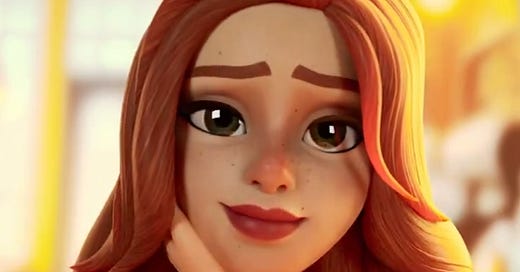




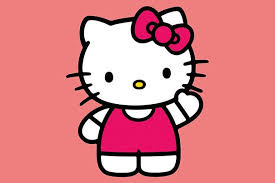
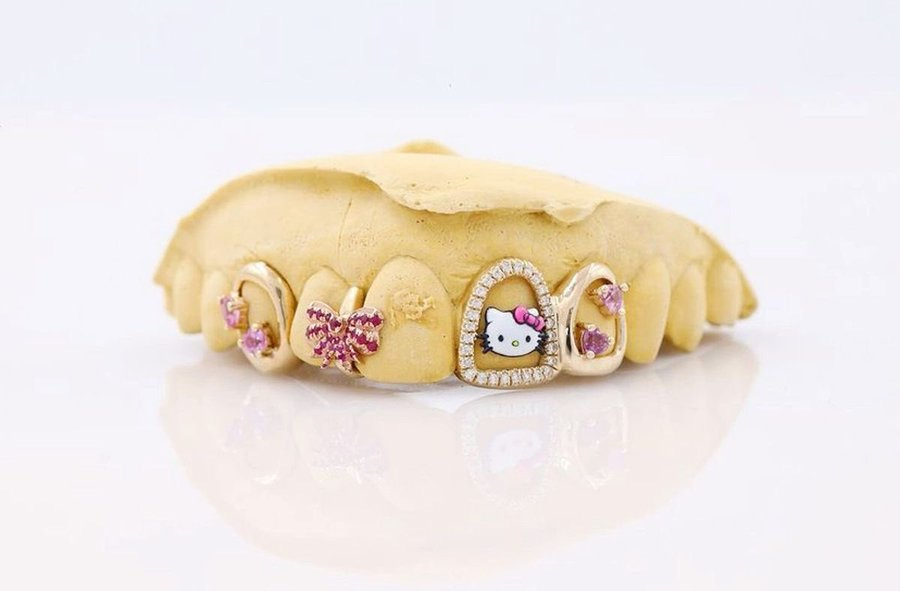
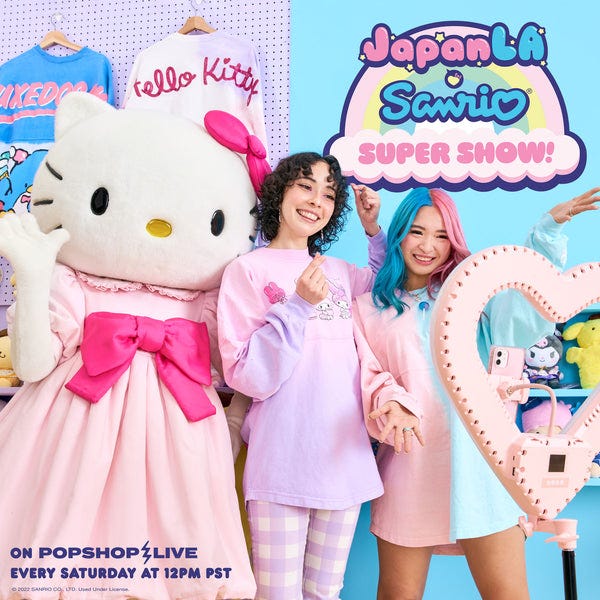
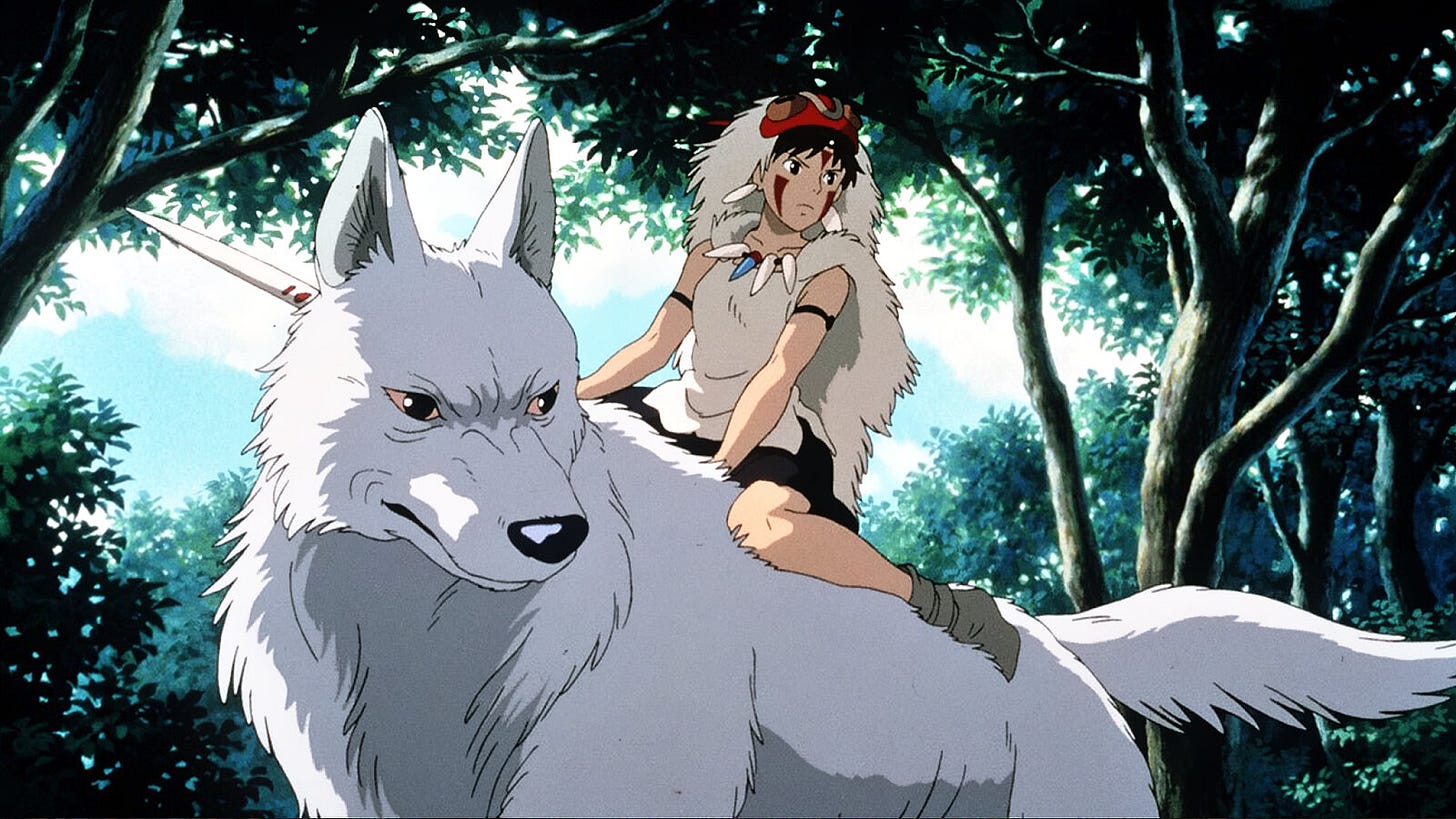

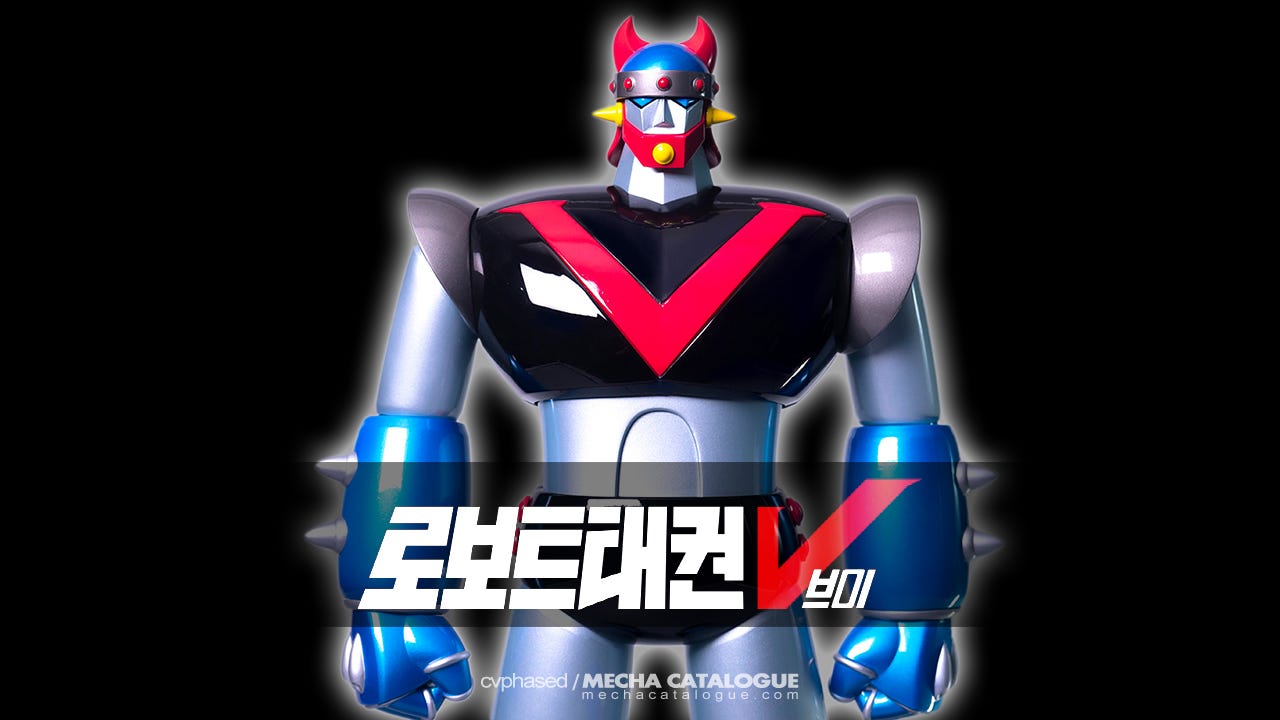



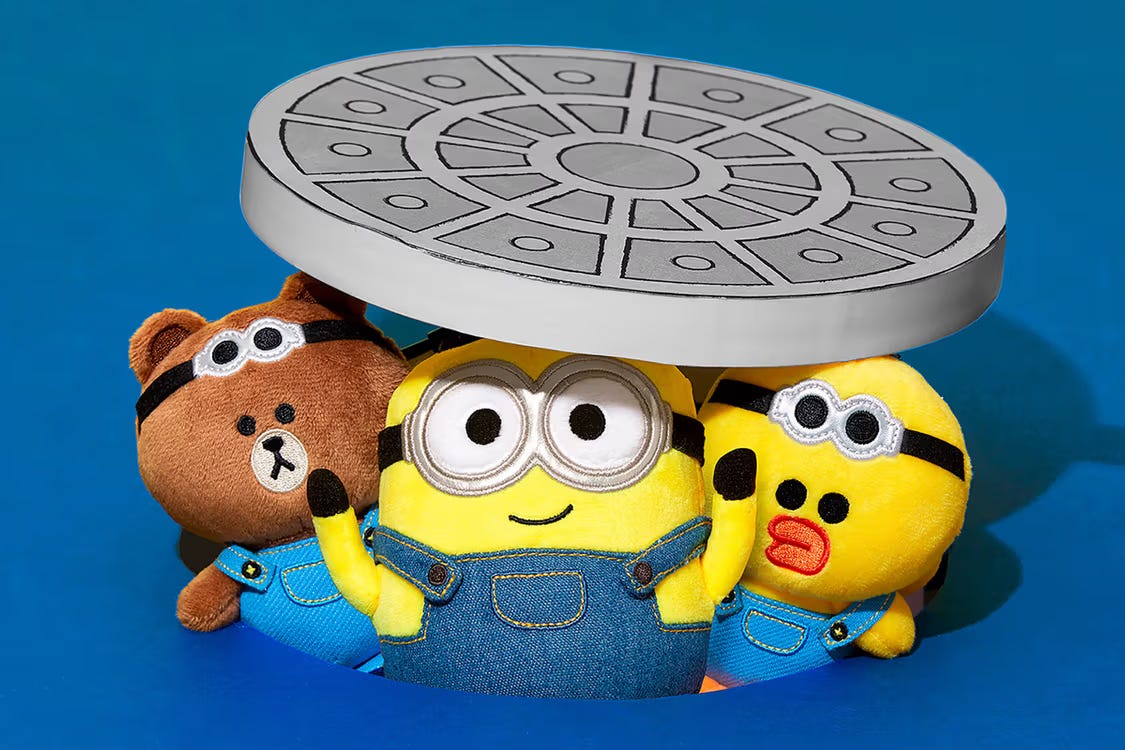



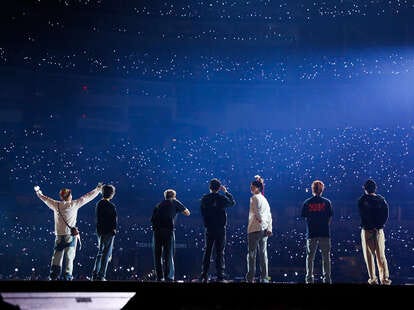
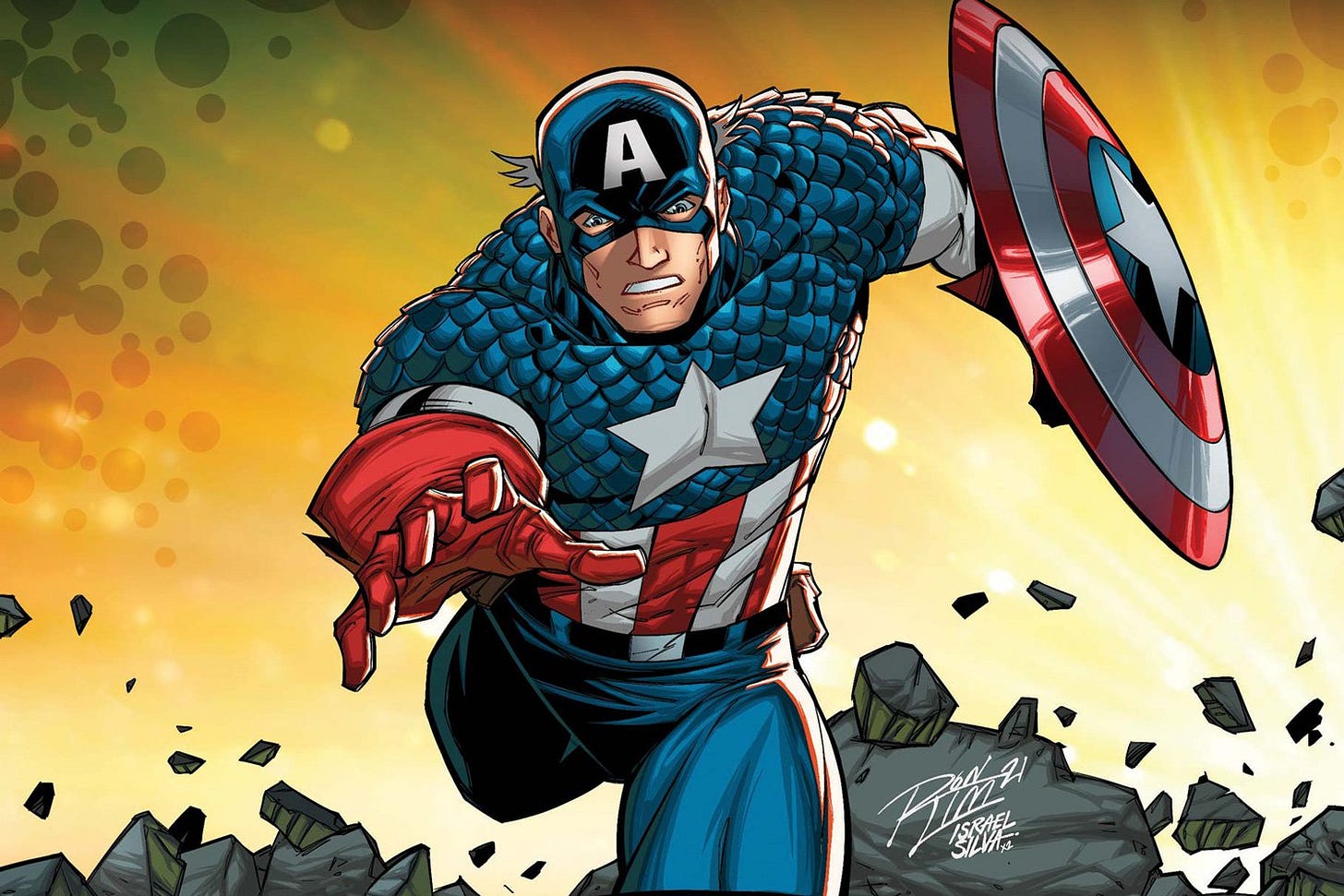
Yes! Now is certainly the moment for the Cambrian explosion of AI characters.
Building atop generative AI introduces a novel dynamism that changes their appeal. The possibility of endless content makes a character potentially infinitely engaging - users will never run out of dialogue. At the same time, generative AI also creates a consistency problem as users push on the edges of the LLM prompt - threatening the suspension of disbelief. It's fun meeting a costumed Micky Mouse at Disneyland, but if you talk to the masked man long enough, you may wind up disrupting the carefully curated image of Micky Mouse that teams of people at Disney are trying to create in your mind.
In the context of values, AI characters will naturally fall back towards the embedded values of the foundation model whereever the prompt is under-descriptive. Some characters will be fixed to a certain model, but users will probably expect the lucidity that comes with the newest foundation models. It will be an interesting challenge to maintain a coherent value system for a character as the underlying foundation model continues to change.
Curious how you think about the values of an AI companion matching their human's over time. Let's say the person reveals they deeply prefer monarchies over democratic rule - would a good companion nudge them towards democracy or shift itself towards honoring the throne?